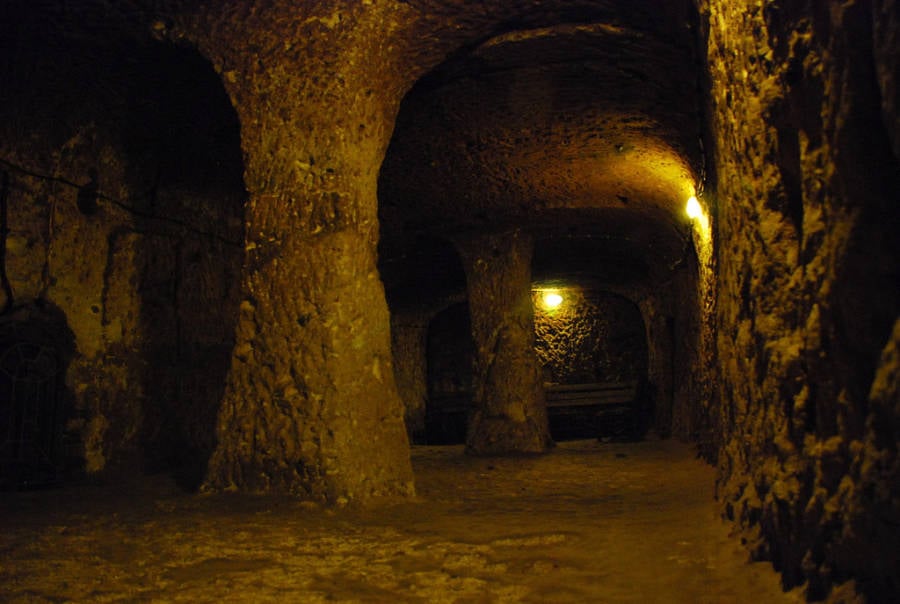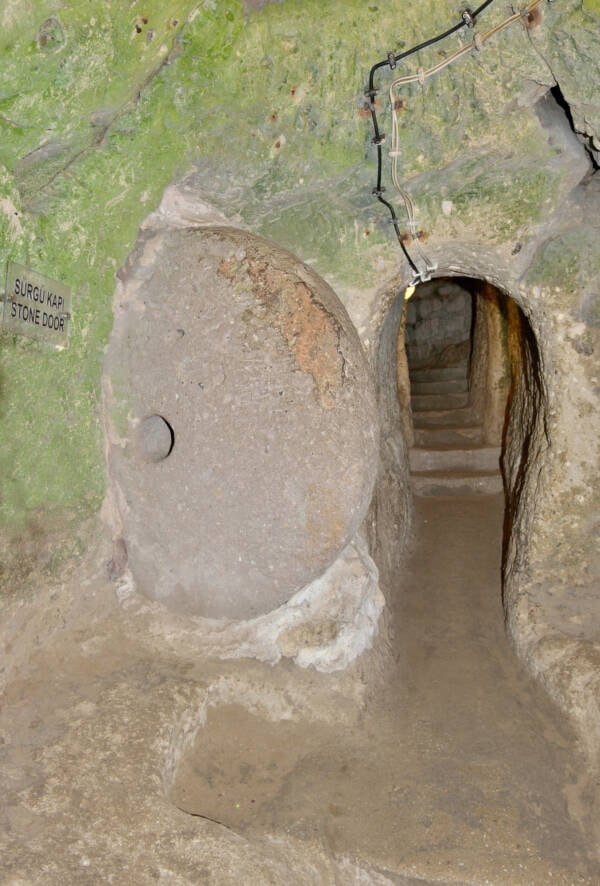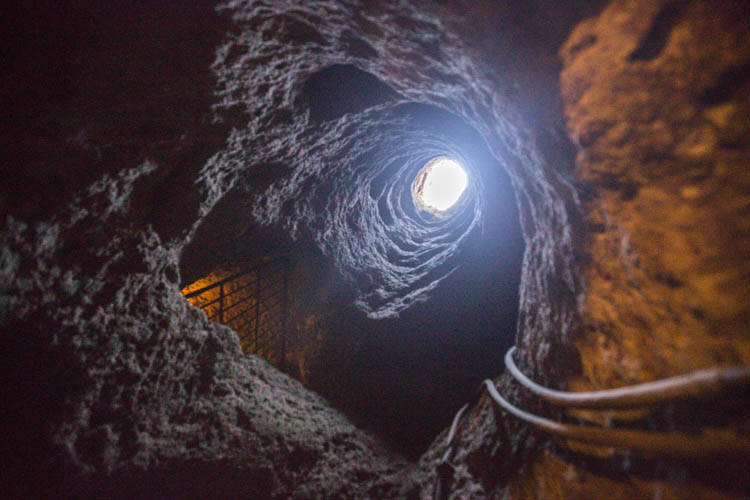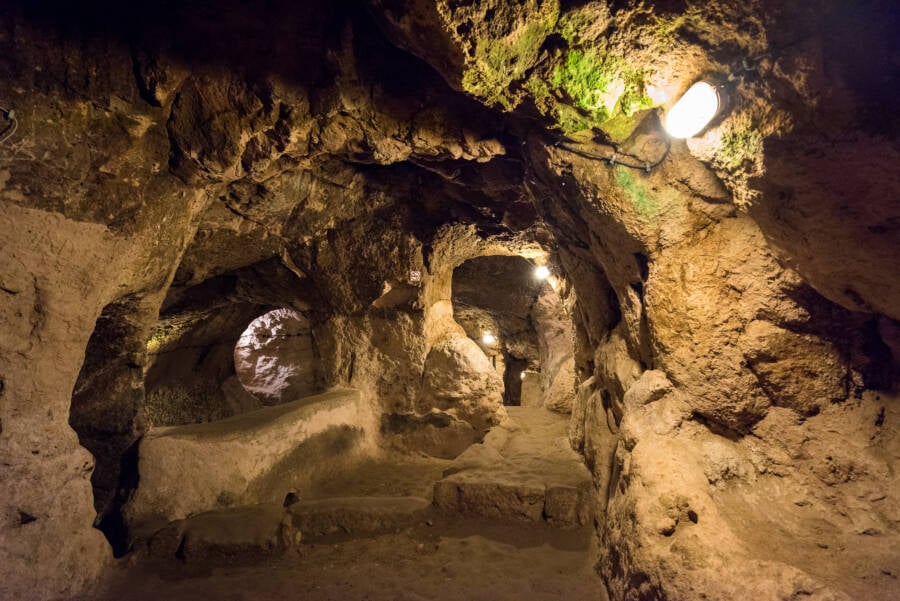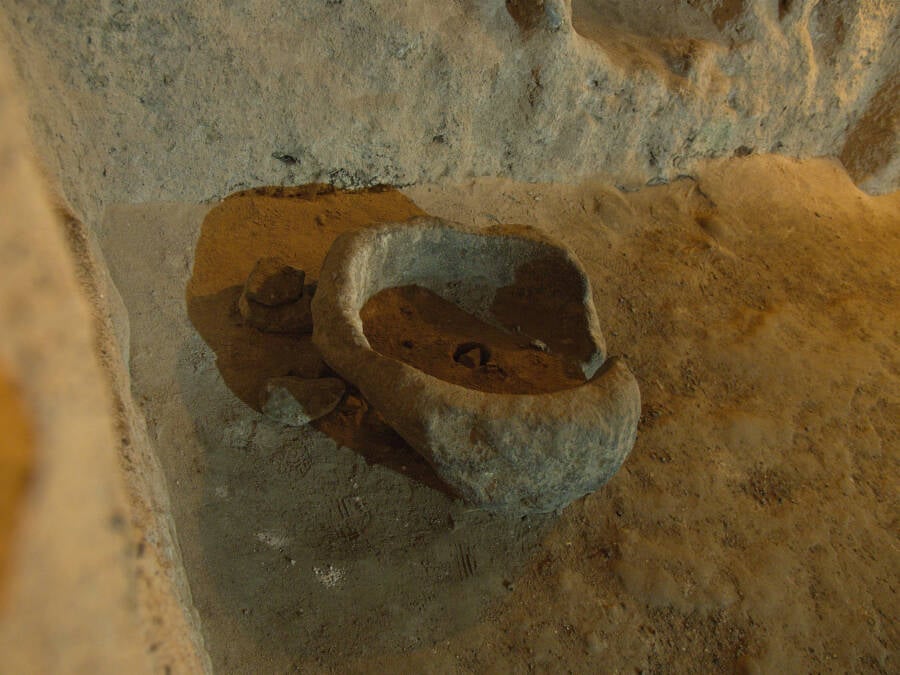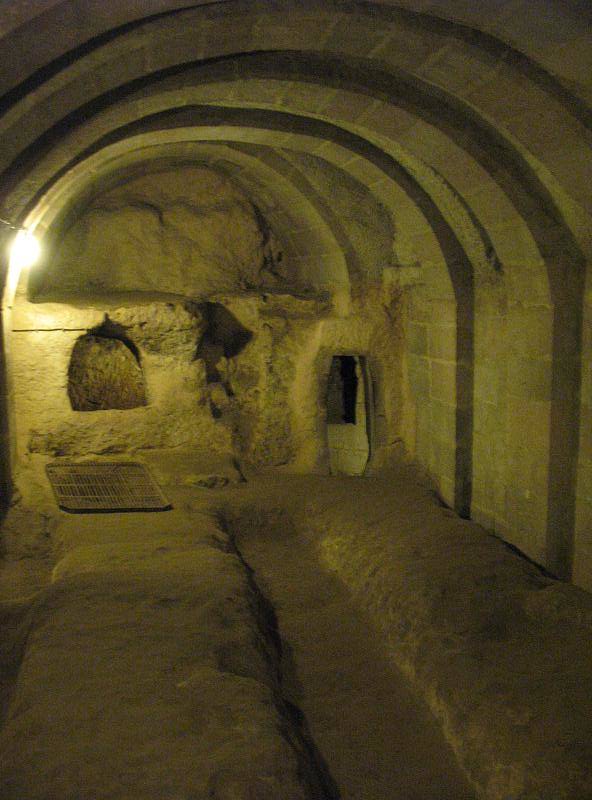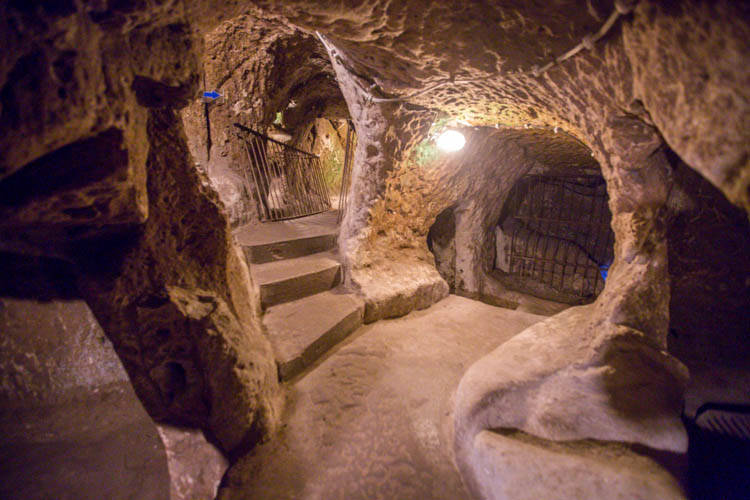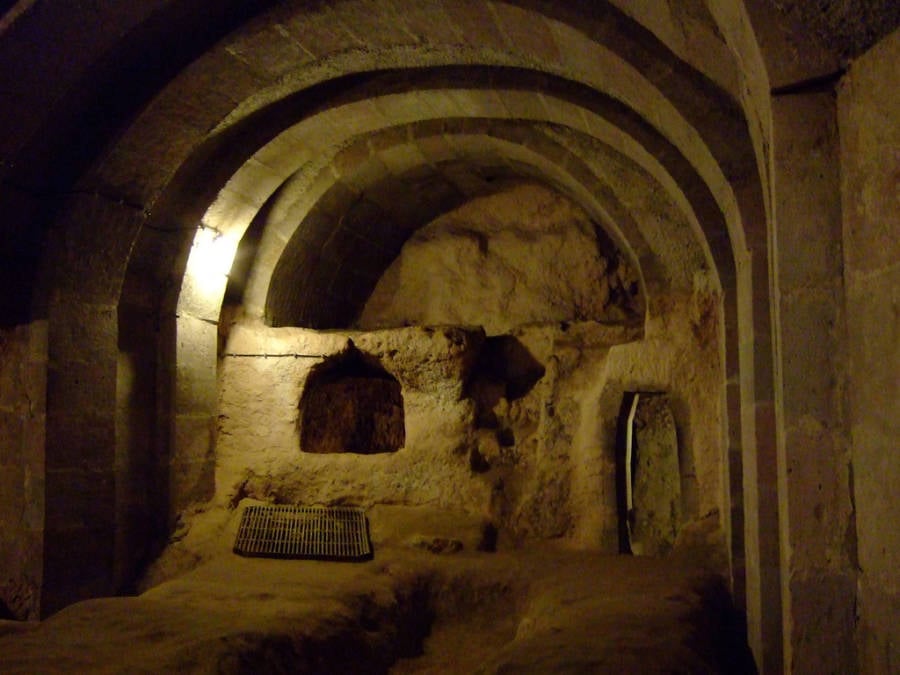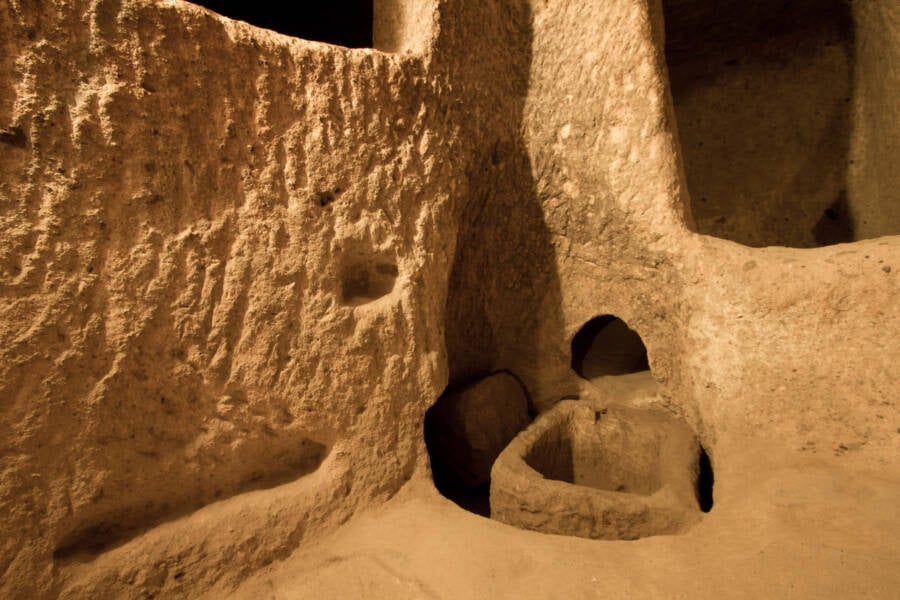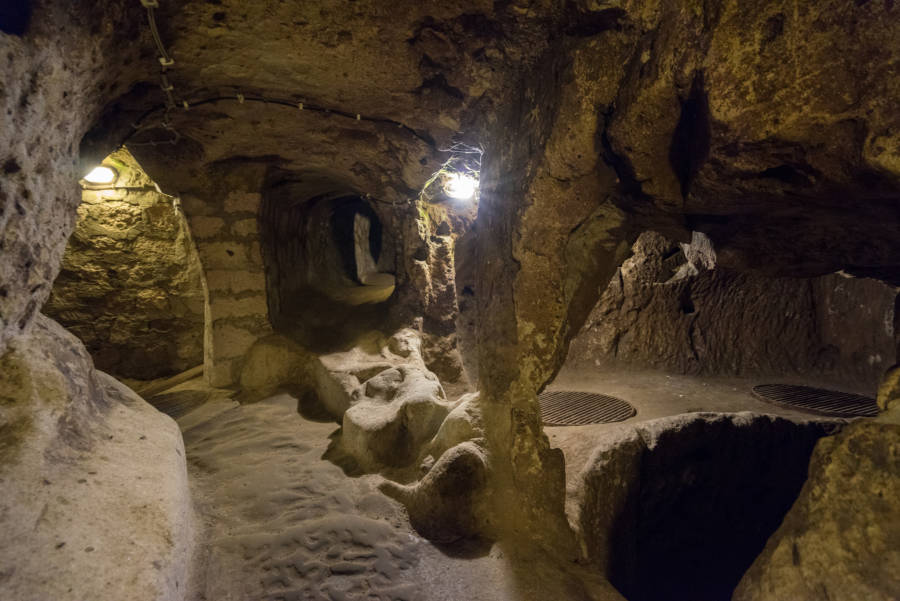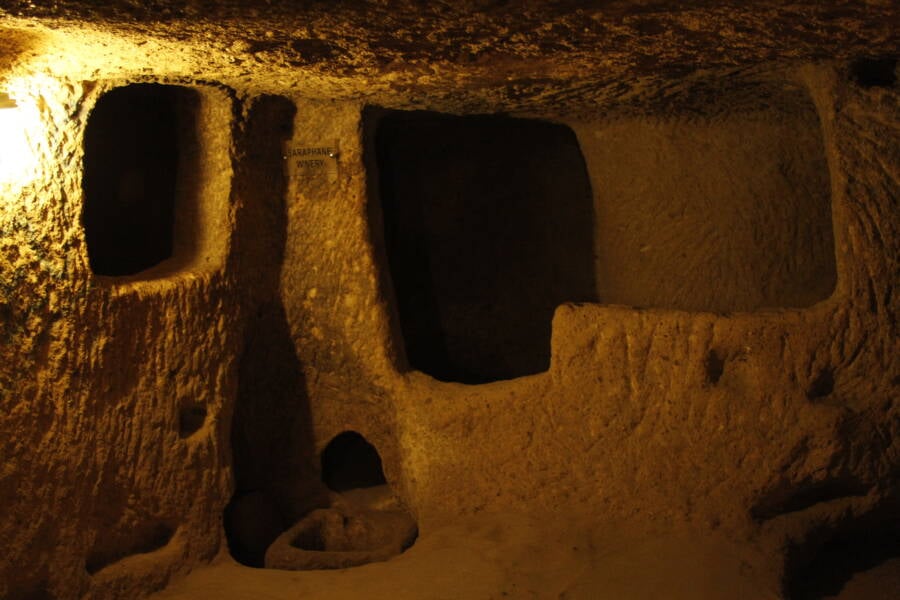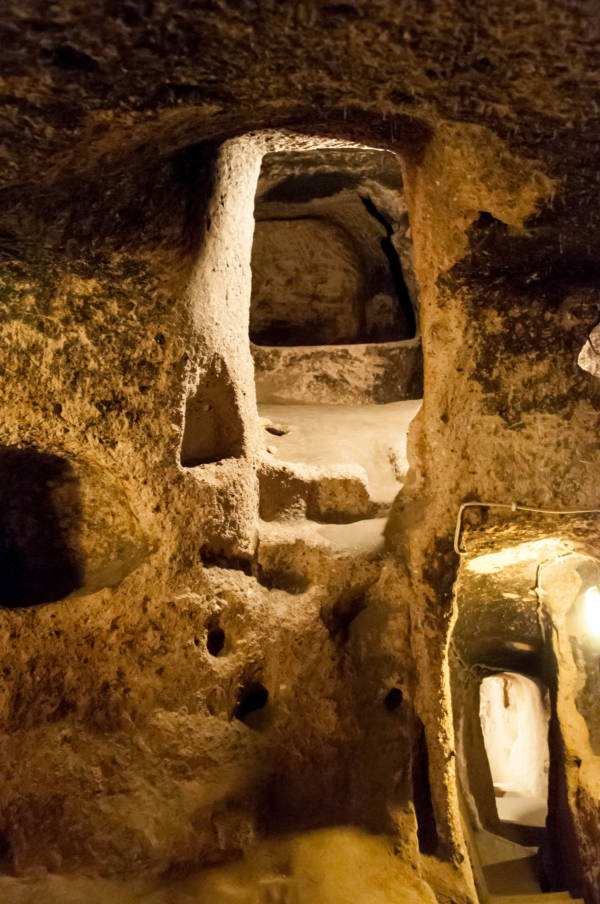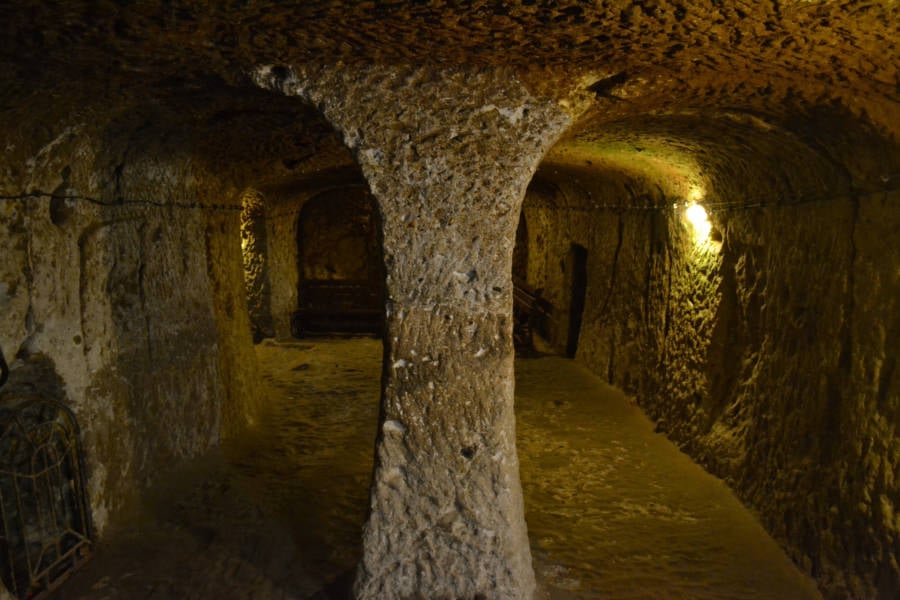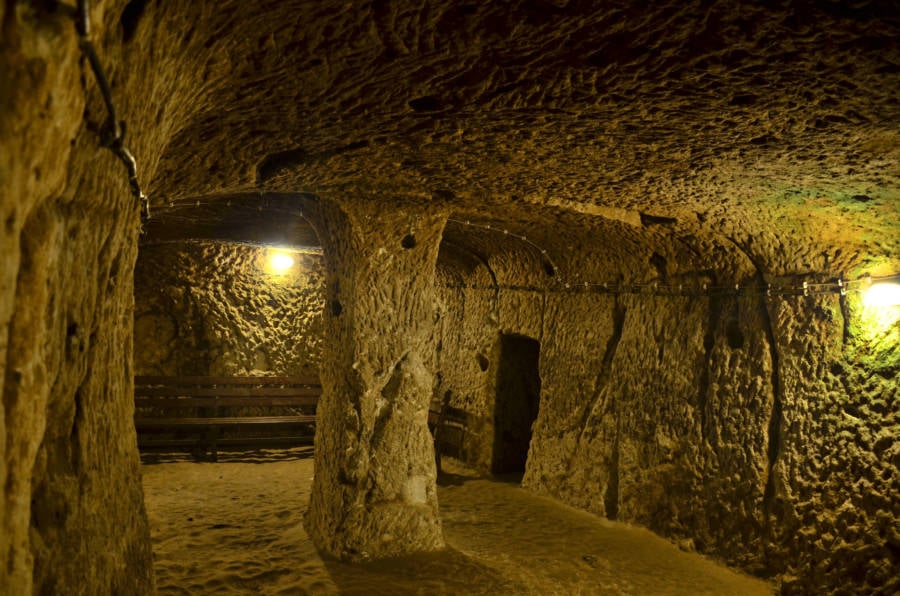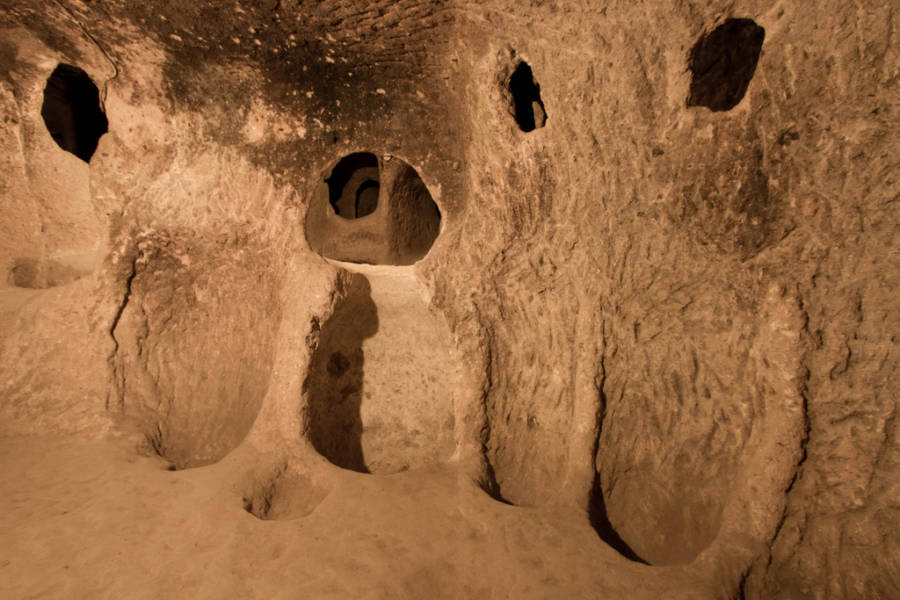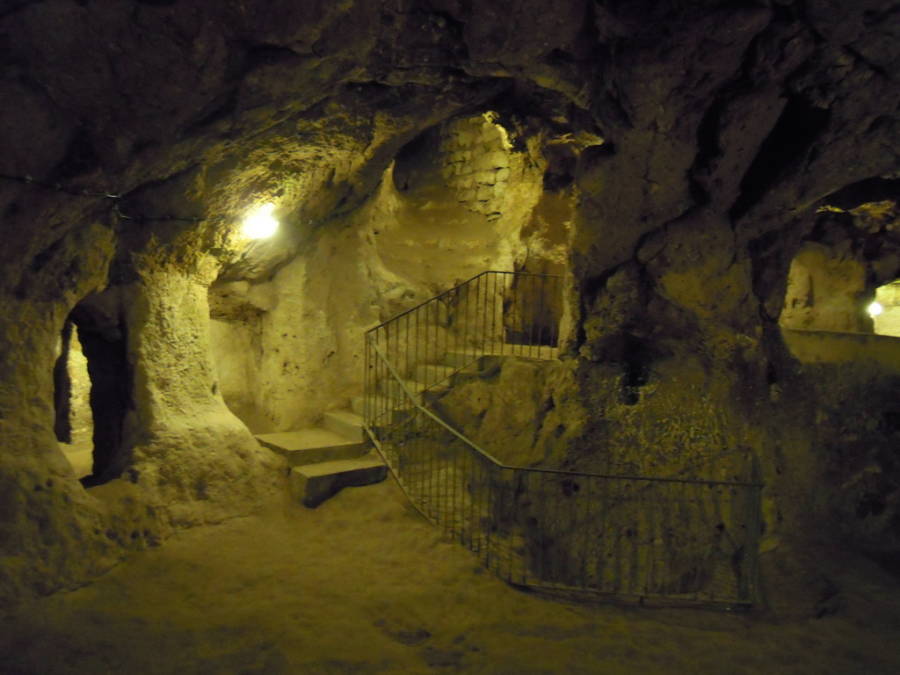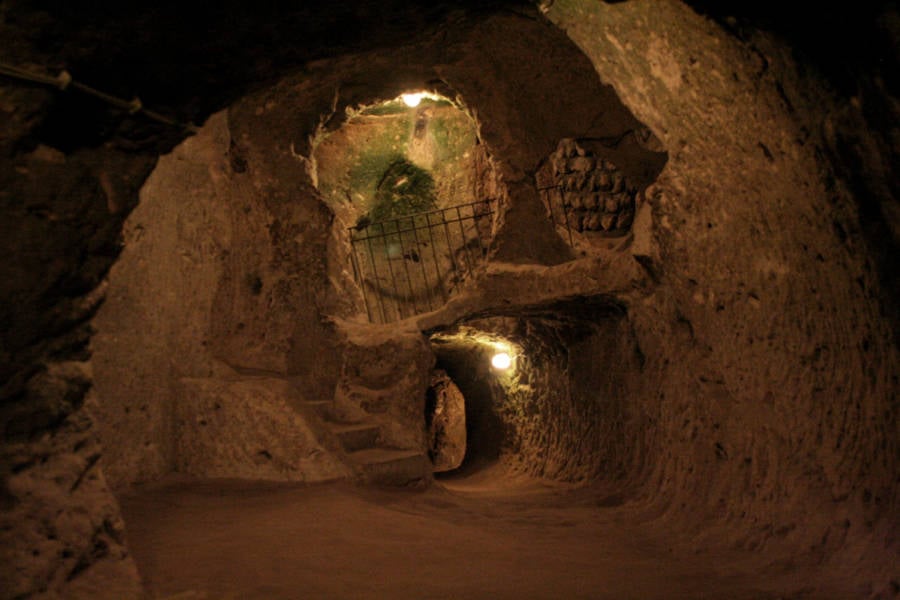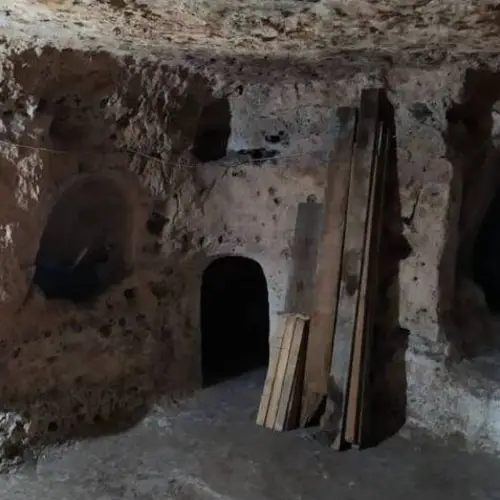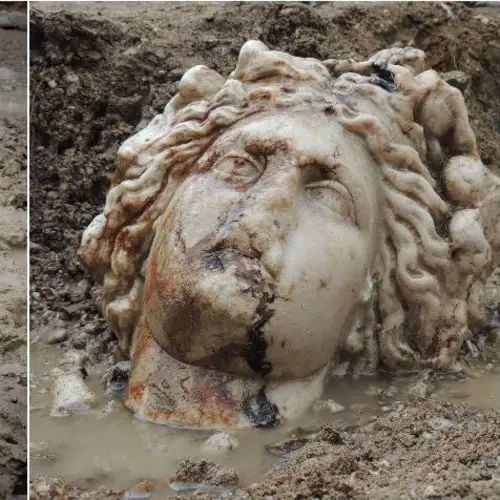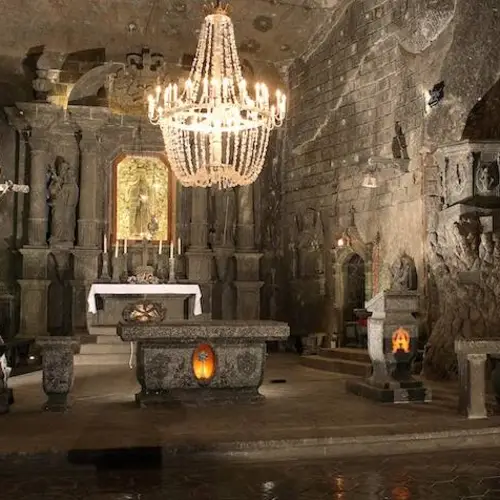A labyrinthine network of tunnels and chambers that’s sat hundreds of feet below the Earth's surface for centuries, Turkey's underground city of Derinkuyu once housed 20,000 people.
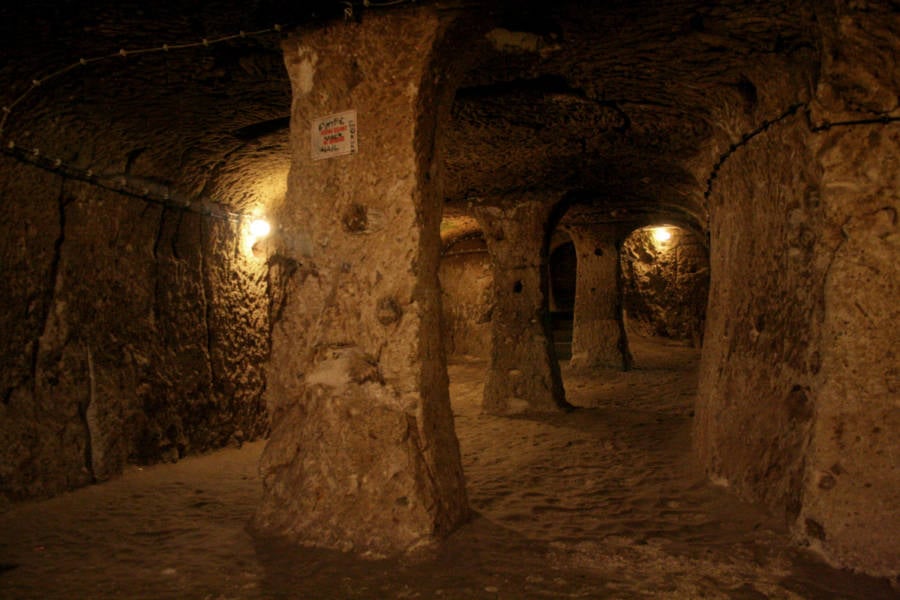
Annie Lambla/FlickrCarved stone arches that serve as support for the large rooms inside Derinkuyu.
After billions of years of steady erosion, the region of Cappadocia in central Turkey looks like a magical realm out of a fairy tale. Here, rocky hills and stone spires called “fairy chimneys” rise up out of the dusty plains of the Anatolian peninsula, while serpentine tunnels meander below. Many of those tunnels are natural. However, some are man-made.
In 1963, a Turkish man took out a wall in his basement while renovating his house in Cappadocia and was surprised to find a whole other room behind it. Further digging revealed a labyrinthine network of rooms several hundred feet below the Earth.
This was the underground city of Derinkuyu, carved into tuff, the same soft volcanic rock that grows in such mesmerizing shapes above ground.
Here’s everything you need to know about this fascinating ancient city, which lies nearly 300 feet underground.
The Origins Of The Underground City Of Derinkuyu
The discovery of Derinkuyu was not the first such discovery in the region, nor was it the last. The area is known for its underground cities, of which Derinkuyu is officially the largest — though National Geographic reported that another city discovered in 2013 may rival it in size.
Derinkuyu city extends about 280 feet down into the ground, encompasses as many as 18 floors, and is large enough to shelter 20,000 people. While only 2,000 square feet of Derinkuyu have been explored so far, the Cappadocia tourism website says that the city might extend to as much as 7,000 square feet.
According to Ancient Origins, the exact origin and purpose of the underground city are unknown. Estimates from the Turkish Department of Culture place the construction of the city to around 2,800 years ago by a group of people known as the Phrygians, an Indo-European people from the Iron Age who were notable for their skills as architects.
"The Phrygians were one of Anatolia's most prominent early empires," Andrea De Giorgi, an associate professor of classical studies at Florida State University, explained to the BBC. "They developed across western Anatolia around the end of the first millennium B.C.E. and had a bent for monumentalizing rock formations and creating remarkable rock-cut facades. Though elusive, their kingdom spread to include most of western and central Anatolia, including the area of Derinkuyu."
But although the Phrygians may have built the city initially, it was later expanded during the Byzantine era, likely by Christians who were avoiding religious persecution.
Churches on the lower floors of Derinkuyu support this theory. In fact, the city and its tunnels were used for a similar purpose as recently as the 20th century, when those avoiding persecution from the Ottoman Empire may have once again hidden beneath the Earth's surface.
There are, however, alternative theories regarding Derinkuyu's origins. Some historians have hypothesized that the city was actually built by Anatolian Hittites in the 15th century B.C.E. as a way of escaping their enemies. Others have suggested that the caves were formed at the same time as the mysterious Göbekli Tepe, during the Younger Dryas Event around 14,500 years ago.
This theory suggests that when a comet broke apart within Earth's atmosphere, the dust and soot it expelled blocked out the sun for months, leading the world into an Ice Age. Therefore, ancient humans began living underground to avoid the frigid climate above.
Perhaps unsurprisingly, another theory attributes the creation of the underground city to aliens. In short, either aliens built, then abandoned, the underground cities, or humans created them to hide from invading aliens.
These latter theories are generally not accepted by the larger scientific community, however.
Life Inside The Subterranean City Of Derinkuyu
Underground, Cappadocians seemingly lived lives as fulfilling as those they'd led above. Derinkuyu was fitted with wine and oil presses, stables, cellars, storage rooms, refectories, and chapels. A massive 180-foot tall ventilation shaft was likely used as a well, and dozens of other ventilation shafts brought oxygen to those living below.
Derinkuyu even reportedly had religious schools and studies for students. On the bottommost level was a cruciform church carved directly into the rock.
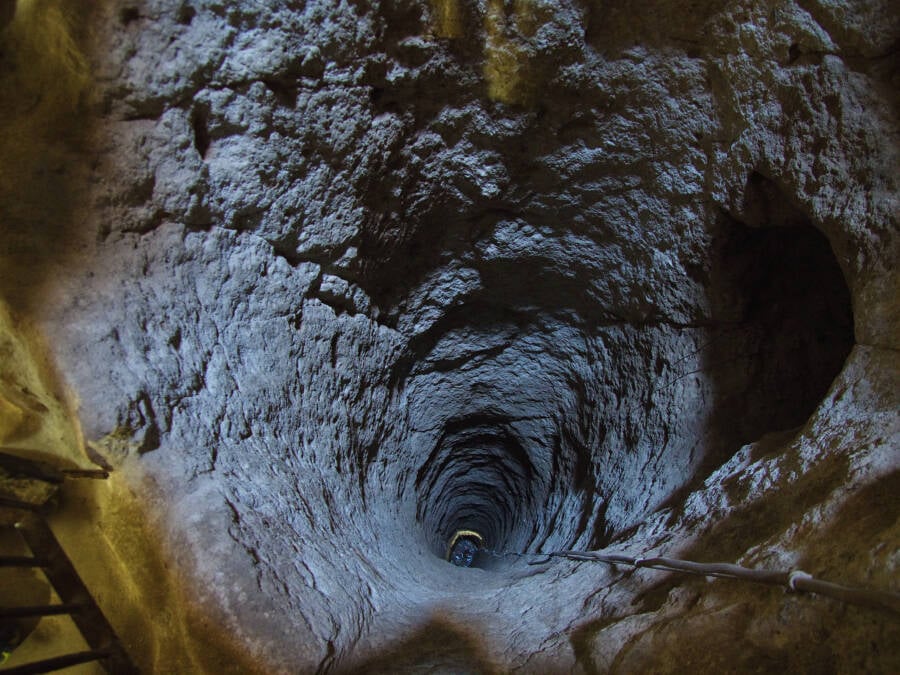
Joe Wallace/FlickrOne of the many long shafts used to disperse fresh air and water throughout Derinkuyu.
Each level of the city was meticulously engineered for a specific use. On the upper levels, the Cappadocians kept livestock to avoid the toxic gases and smell produced by cattle as much as possible. The livestock also served as a layer of living insulation, helping to keep the city warm in the cold months.
The inner layers of the city held numerous amenities, including homes, cellars, schools, social areas, and even a winery. Derinkuyu, it seemed, was not used as a temporary shelter; those who dwelled within its caverns were prepared to spend months, or even years, inside.
But the city was not without its faults. Being underground naturally made it difficult to grow crops, and the lack of a plumbing system meant that most of Derinkuyu's inhabitants had to relieve themselves in clay jars.
How Living Underground Protected The People Of Derinkuyu
Derinkuyu also served a strategic, defensive purpose. The narrow hallways made it difficult for invaders to march in formation, and heavy stone doors could easily be used by inhabitants to block off passageways. The dim lighting would have made it difficult for invaders to see, while those living in the underground city would have been more acquainted with its darkness.
These advantages are likely what led the ancient Phrygians underground in the first place, only to later be replaced by the Persians, the Christians of the Byzantine Era, and others seeking safety below ground.
IFLScience reports that in 1909, the massacre of about 30,000 Christian Armenians in the city of Adana may have driven Cappadocian Christians underground yet again. In 1923, most of the Christians were expelled from the region in a population exchange between Greece and Turkey, an attempt to purge both countries of their respective religious minorities.
Afterward, Derinkuyu sat undisturbed until 1963, when the astounding underground city of central Turkey was rediscovered and finally brought into the light.
After this look at Derinkuyu, see the otherworldly beauty of Cappadocia and Socotra. Then, have a look at Nevada's most astounding geyser.
